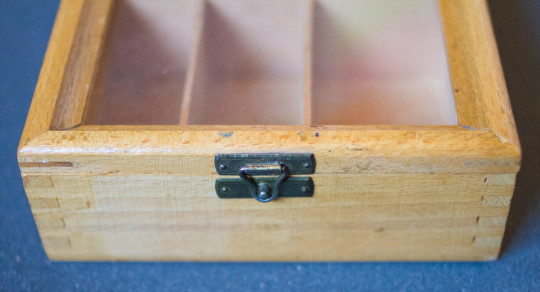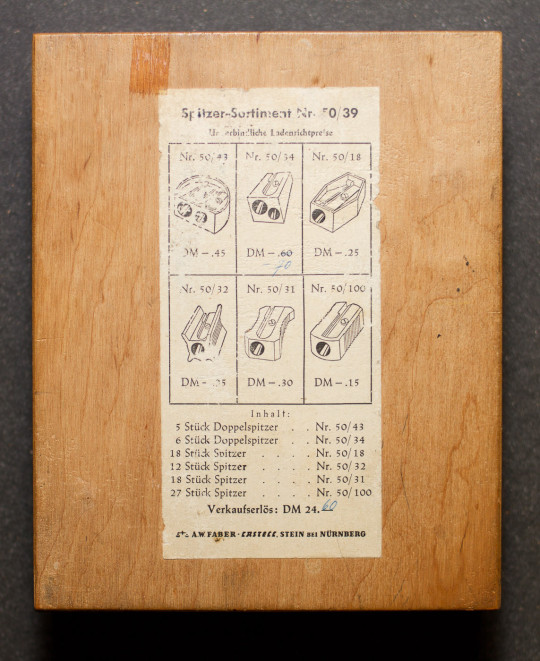A special Jubilator

A few days ago Bleistift Blog got a fascinating comment on the 2011 blog post about Faber-Castell’s Jubilator series: Jeff, who worked for Faber-Castell, gave some fascinating behind-the-scenes details about the Jubilator edition, but don’t let me retell the story, read the original yourself.

He was kind enough to send me some photos of his treasures, including photos of the tins signed by our favourite Count [1]Usual disclaimer as mentioned previously: He is not really a count. According to Part 2, Section 1, Article 109(2) of the Weimar Constitution privileges based on birth or social status and titles of … Continue reading himself. Thanks to his comments we know even know how the numbers got written on the wood veneer sheets.

Thanks to Jeff for this information.
If you like to see other people’s pencil collections head over to the Blackwing Pages: Sean started showing Blackwing collections from his readers.
References
| ↑1 | Usual disclaimer as mentioned previously: He is not really a count. According to Part 2, Section 1, Article 109(2) of the Weimar Constitution privileges based on birth or social status and titles of nobility were abolished in the Weimar Republic in 1919. Graf (Count) is just part of his surname. In reality, no one seems to care about this rule though. |
|---|
A special Jubilator Read More »





